The Welsummer is an eye-catching European bird that was ‘born’ in the Netherlands less than a century ago. They gained popularity due to their dark brown eggs, colorful plumage, and easy-going temperament.
Welsummer chickens are now widely available and can be found in backyards worldwide.
The Welsummer chicken is energetic, has soft feathers, and thrives in a free-range environment. Having these hens around guarantees that you’ll have plenty of eggs and meat at all times.
Continue reading to learn everything you need to know about Welsummers, including their personalities, ability to lay eggs, broodiness, and more.
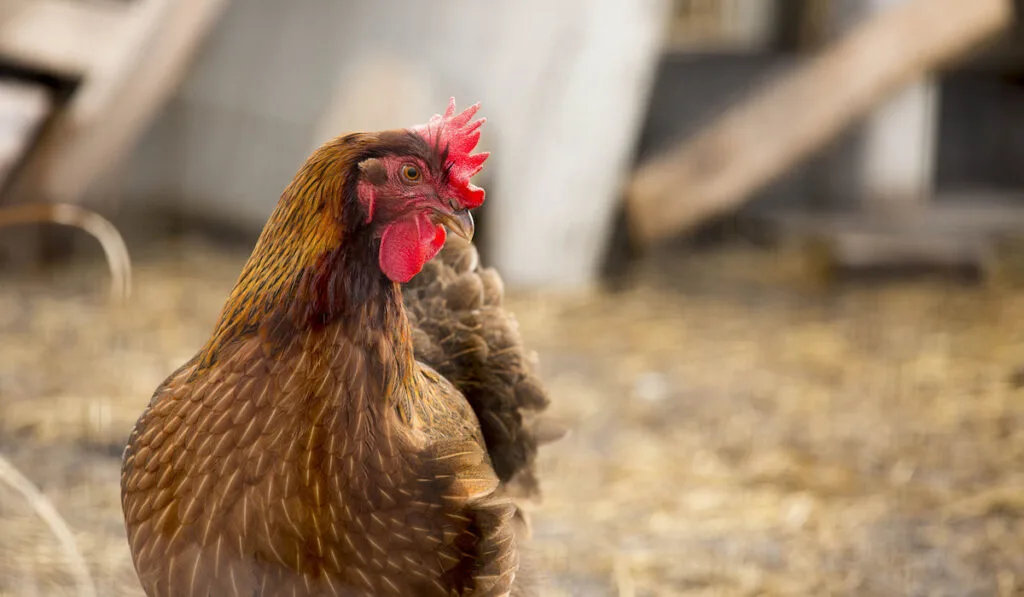
Table of Contents
Welsummer Chicken Key Information
| Male Weight: | 7lb |
| Female Weight: | 6lb |
| Use: | Dual-purpose birds (eggs and meat) |
| Country of Origin: | The Netherlands |
| Egg Size: | Big |
| Egg Production: | 160–250 per year |
| Lifespan: | 6–9 years |
| Climate Tolerance & Care: | Cold tolerance, low maintenance, excellent foraging birds |
| Color: | Red partridge, Yellow (not recognized by US breed organizations), Silver (not recognized by US breed organizations) |
| Temperament: | Very docile, calm demeanor, and high level of intelligence |
The History of the Welsummer Chicken Breed
The Welsummer chicken is a relatively new breed, dating back less than a century. The Welsummer was created in the small Dutch village of Welsum in the years following the First World War.
Although its ancestry is shrouded in mystery, it is generally agreed that the breed is the result of crossing native fowl and breeds like Brahma, Malay, Faverolle, Cochin, and Dorking.
As the breeding process advanced, more and more chicken breeds were used to create the ideal bird. These included the Rhode Island Red, Barnevelder, and Leghorn.
Their large, dark brown speckled eggs were the main reason breeders selected Welsummers.
During that period, most hens in the Netherlands laid white eggs, so the rarer and more expensive brown eggs were in high demand.
The Welsummer chicken first appeared at the 1921 World Poultry Congress in The Hague.
Shortly after, Welsummer chickens were introduced to England, and by 1928 they had made their way over the Atlantic to the United States.
In recognition of the rising number of Welsummer chicken lovers and breeders, the town of Welsum, where the chicken originally came from, built a monument honoring the “local” who brought the town notoriety around the world.
Size
Despite being in the category of “lightweight breeds,” a female Welsummer chicken can weigh up to 6 pounds and a male up to 7 pounds.
It’s a strong bird with a round chest, a long, broad back, and an erect posture.
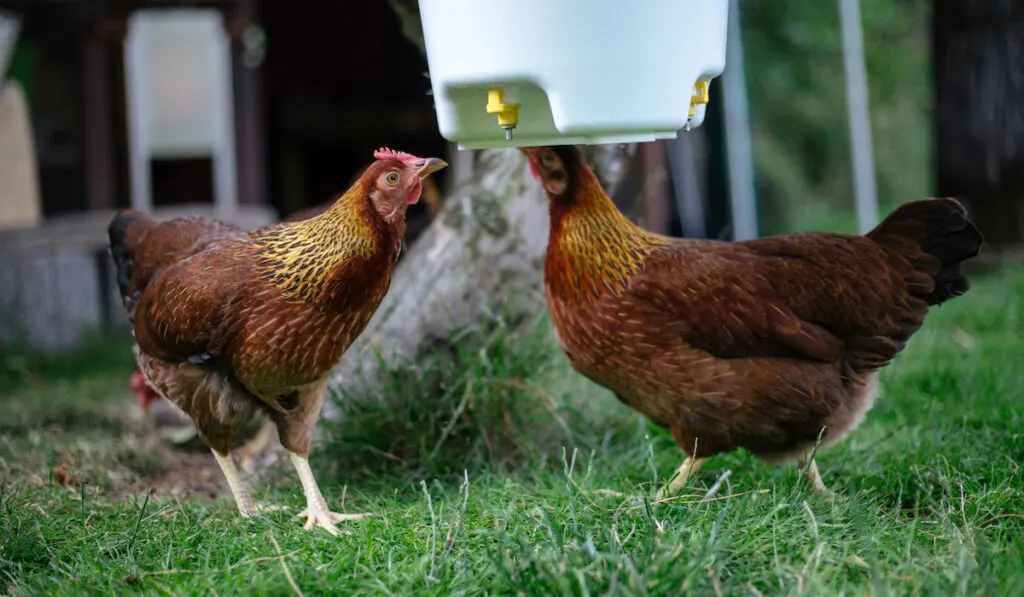
Appearance Features
The comb of the Welsummer rooster is between five and seven points of medium size, and vibrant red in coloration.
Ear lobes are also bright red, with carmine wattles of average size that are closely spaced. The combs and wattles of hens are noticeably smaller.
There are four toes on each of a chicken’s feet. The skin and the shanks of this particular type of chicken are yellow, and their eyes are a rusty bay color.
Coloration
In both the Netherlands and the United States, red partridges are the only color recognized by breed organizations.
The color of the Welsummer chicken raised in Germany is significantly different from the original, and efforts are being made to bring the two closer together.
In addition to the traditional red, England, Germany, and France also recognize the colors yellow and silver partridge (sometimes called golden and silver duck, respectively).
Rooster of the Red Partridge
The Welsummer rooster’s neck feathers range from pale orange and gold to a deep reddish brown, all in vivid tones.
The back feathers are a deeper red, while those on the chest, belly, and upper legs are black with some light and medium brown highlights.
The rooster’s tail is mostly black with a bluish-green iridescence.
Hen of the Red Partridge
Welsummer hens typically have golden and orange neck feathers with a hint of black mottling.
The back feathers are also black-mottled, although they are more of a dark brown than a golden brown.
The breast feathers are a lighter shade of reddish brown.
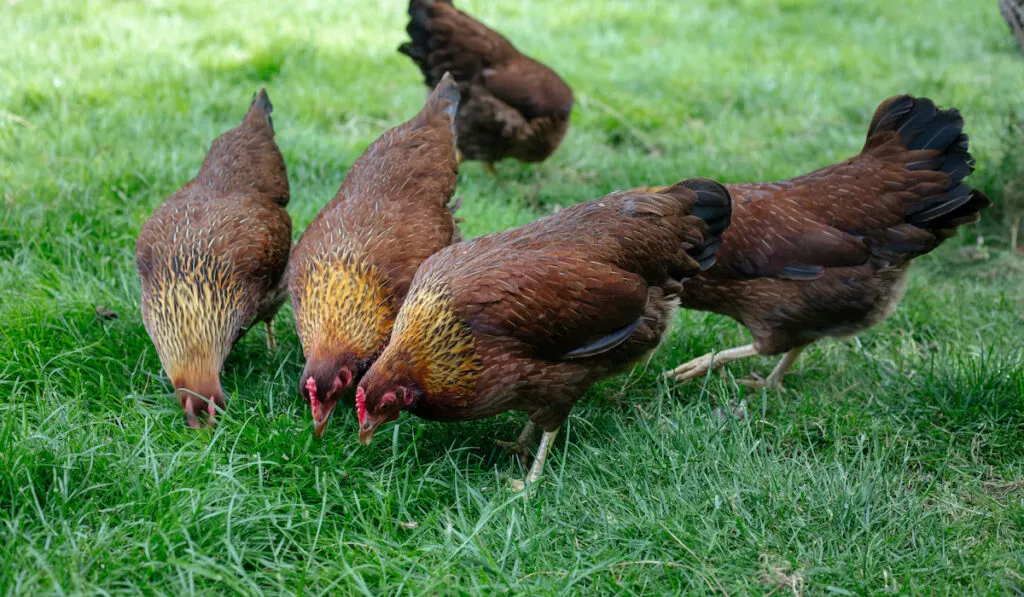
Use
The Welsummer was originally bred for its meat, and it still makes for a good dinner bird.
Although Welsummers are good for eating, their true value lies in the beautiful, brown-speckled eggs they produce.
Egg Production
Hens of the Welsummer breed typically produce 160–250 eggs annually.
Usually, Welsummer hens begin laying eggs between the ages of 20 and 24 weeks (about 5 and 6 months). A full-grown Welsummer hen will lay eggs that weigh between 2.3 and 3.0 ounces.
The eggs laid by Welsummer are exceptionally big and dark brown in color. The egg is dyed with porphyrin as it travels down the fallopian tube, giving it its distinctive hue.
But the gland that makes the porphyrin might not always be able to cope with the number of eggs produced. As a consequence of this, Welsummer eggs typically lighten up in color as the laying season continues.
You may also find that you are able to remove the color of a Welsummer egg by just rubbing it. This is because the process of dying the shell occurs at the very end of the production process for the egg.
The Welsummer is a breed that typically stops laying eggs throughout the winter months and does not resume until the spring.
The Welsummer hen has little maternal instinct and shows little interest in brooding eggs or chicks.
The chicks are autosexing, which is a great feature because it allows you to determine the gender of the birds soon after they hatch.
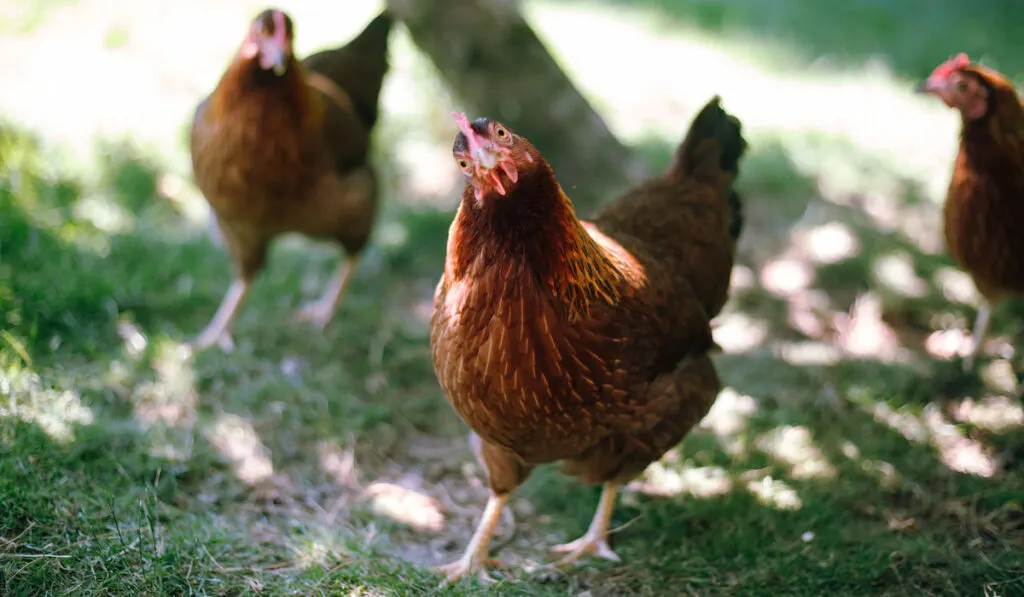
Meat Production
Welsummers are kept largely for their eggs, but in fact, they can be used as meat sources as well.
When the bird has reached 8–9 weeks of age, it is time to harvest the Welsummer chicken for its meat. At this point, the optimal rooster weight is 7 pounds, while the perfect hen weight is 5.5 pounds.
When compared to other meat-bearing breeds, Welsummers mature at a more modest pace.
On the one hand, this means that raising chickens is more time-consuming and costly, but on the other, it means that the chickens will have longer and healthier lives, and as a result, their meat will be more flavorful and tender.
Lifespan
The average lifespan of a Welsummer is 6–9 years. After 21–24 weeks, it reaches full maturity.
Temperament
Welsummers are the perfect pet bird since they are nice, tame, and peaceful. Because of their gentle and friendly demeanor, Welsummers are excellent additions to any backyard flock.
They are great for inexperienced chicken keepers because they are easy to care for and like human interaction.
They are not good flyers, so they can be contained with lower density fencing if necessary.
Welsummer birds are bright and curious, so they are always up for a new adventure and love foraging around the yard.
Despite their robust build, they don’t seem aggressive toward other species of birds.
Unfortunately, these birds have a tendency to be quite loud. They tend to yell the loudest when they’re in a stressful situation or angry about something.
Because of the loudness, they are not recommended for those living in close quarters with their neighbors.
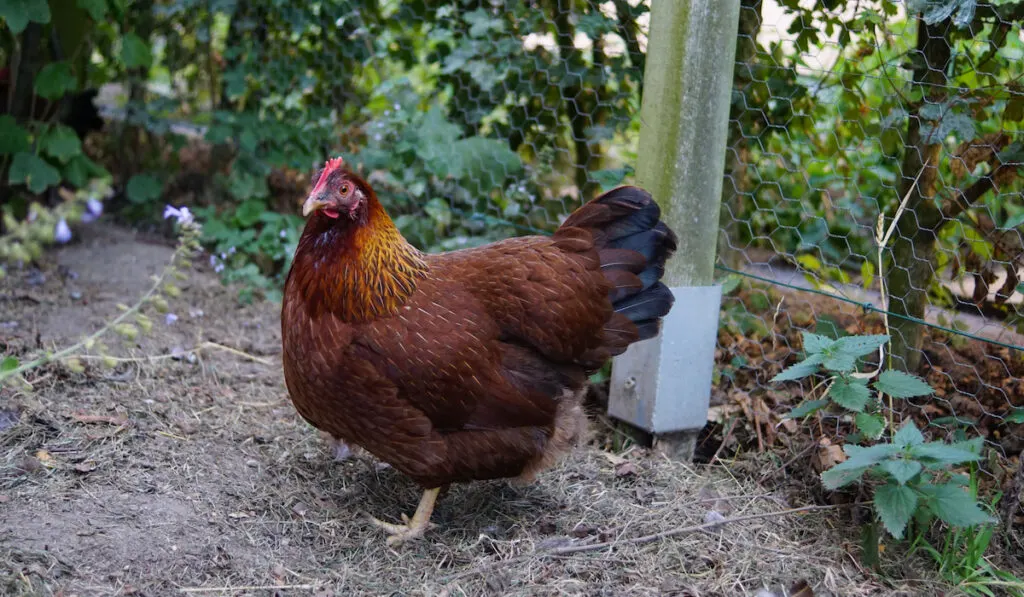
Health Problems
There are no major health problems that are unique to the Welsummer breed of chickens that set them apart from other chickens.
On the other hand, just like other birds, they are susceptible to becoming infested by parasites such as mites and lice. That’s why regular parasite checks on your birds are important.
A lot of Welsummers also have problems with worms. In order to determine if your bird has been infected, you should regularly take feces samples to the vet.
A second option is to provide regular worm treatment.
Although Welsummers do best in chilly climates, rooster difficulties can arise when it gets too cold since the rooster’s huge comb makes it more vulnerable to frostbite.
In colder places, it is important to properly protect your coop to keep your chickens from getting frostbite.
In addition, if you are rearing roosters in really cold climates, you should coat their combs with petroleum jelly.
Final Thoughts
Welsummers are stunning chickens native to Europe, prized not only for their lovely appearance but also for their pleasant demeanor and the quality of the rich brown eggs they lay.
In addition, they contain a sufficient quantity of flavorful flesh, which means that you can raise them for the table if you so like.
They are excellent foragers and will successfully boost their diet with edible garden nibbles if you give them the freedom to do so.
Even though they aren’t lap chickens, they don’t mind being lifted up and cuddled.
These sociable birds require little care and will be a hit with beginners.
